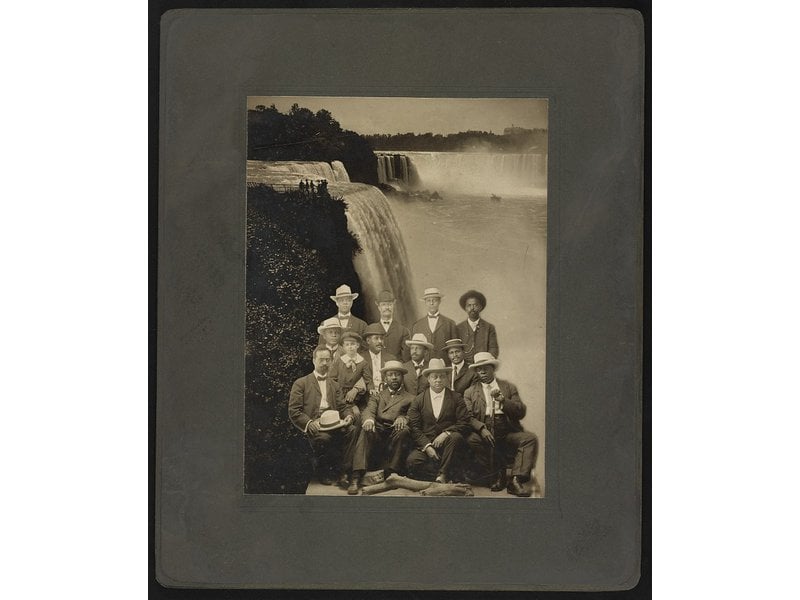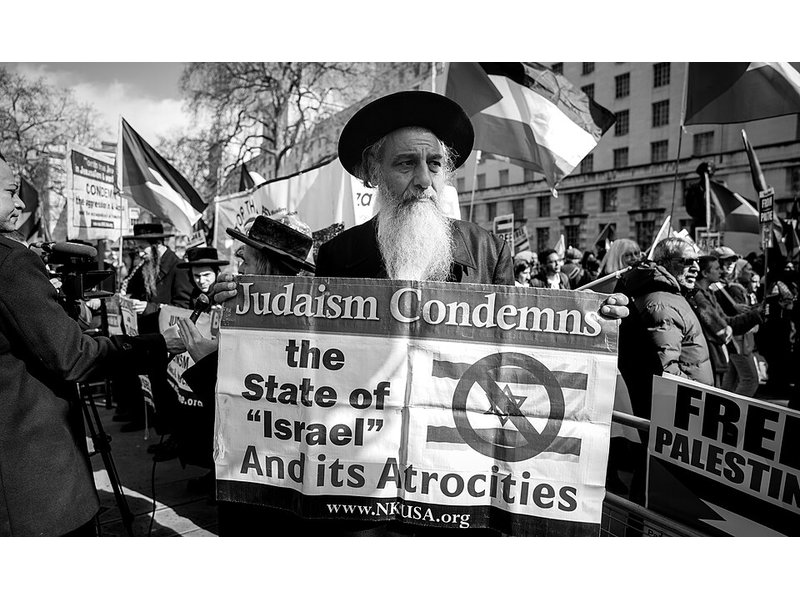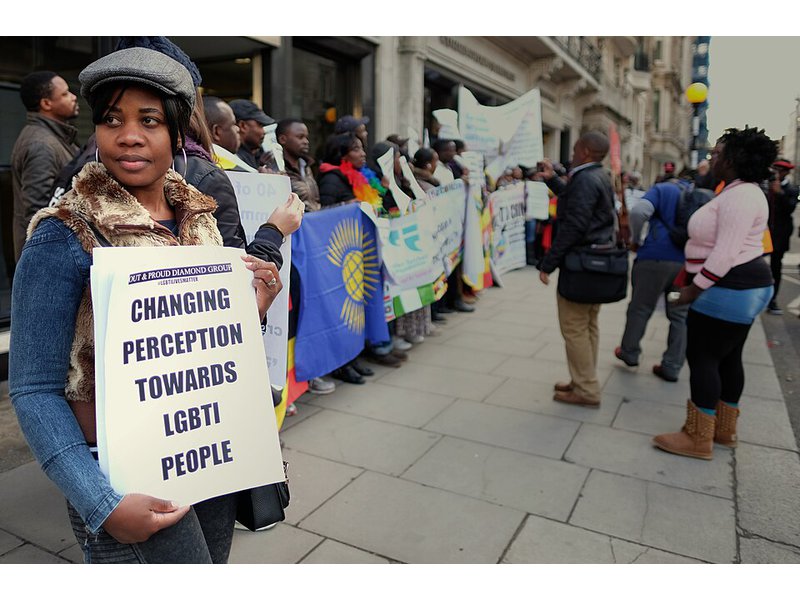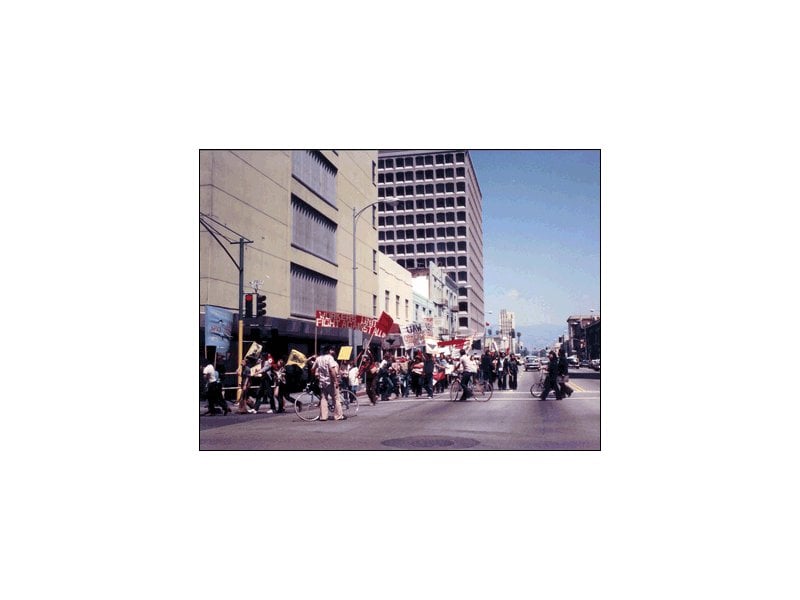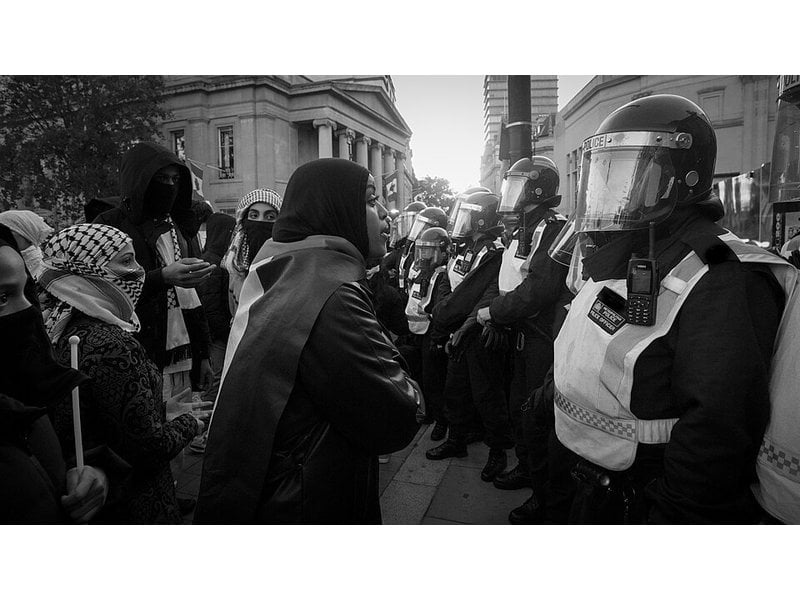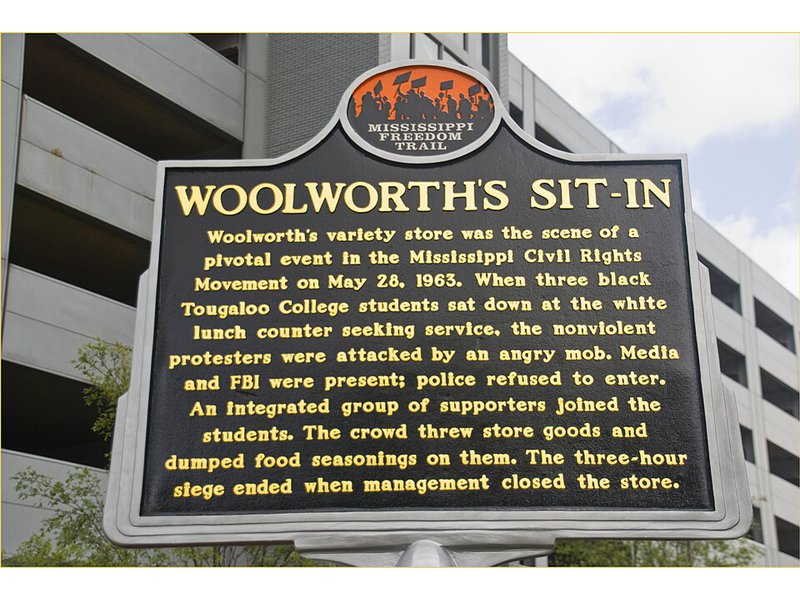056 selective social boycott
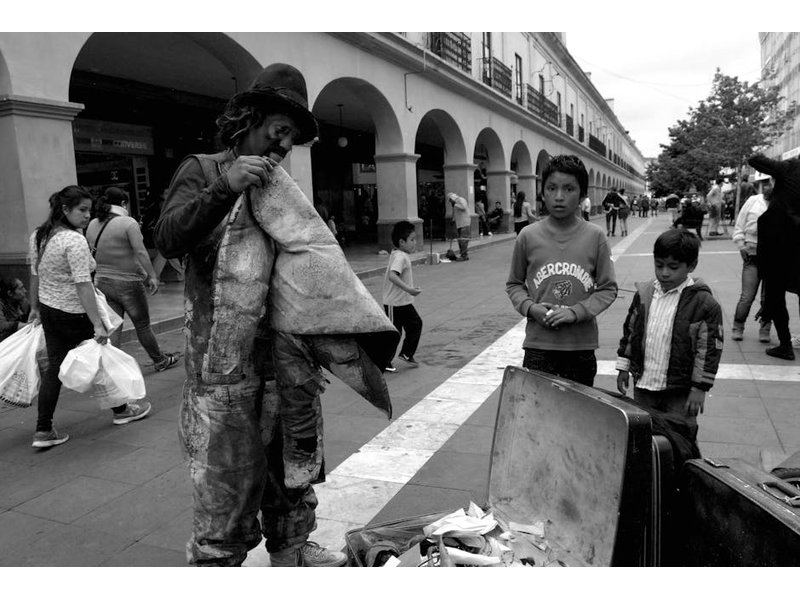
"Instead of a social boycott being total or near-total, it may be restricted to one or more particular types of relationship. These particular relationships may have been chosen as a result of a tactical decision, or they may simply happen to be the main points of contact between the particular resisters and the opponent. Thus, shopkeepers or traders may be willing to speak to occupation troops but refuse to sell them anything. This type of social noncooperation differs from a “traders’ boycott,” which is an economic boycott, because here it is not a refusal to sell the item in question, but to sell it to the particular person. Hence the act is not economic but social noncooperation."...
Potentially problematic matches
High scoring campaigns using this method
Historical cases from the Nonviolent Action Database that used this method
Egyptians campaign for independence, 1919-1922
Egypt became a British protectorate on December 14, 1914. During World War I agitation towards the British increased as all sects of the population united in their discontent. British rule caused Egypt’s involvement in the war to increase – 1.5 milli...
Germans defend Ruhr Valley from French and Belgian invasion (Ruhrkampf), 1923
Following a loss in World War I, Germany was charged to pay reparations for their destructive role. The bill was $33 billion. Germany had been weakened by the war and paying the reparations at the rate in which they were due would have completely cri...
Shifang students prevent copper plant construction, China, 2012
On 29 June 2012, the Shifang government in China’s Sichuan province announced the construction of a molybdenum-copper alloy factory. High school students in the area who were concerned about the factory’s environmental impacts sent the government a p...
Thai people successfully defend democracy against military coup, 1992
On February 23, 1991, a military group by the name of the NPKC, or National Peace Keeping Council, which was composed of Military academy graduates, sought to overthrow the current government in Thailand, which they believed to be a “parliamentary di...
U.S. street artists protest against art censorship of artist Blu, 2010-2011
Jeffrey Deitch, the director of Los Angeles Museum of Contemporary Art (MOCA) commissioned Blu, an Italian street artist, to paint a mural on the Geffen Contemporary building as part of the “Art in the Streets” exhibit about graffiti, which was plann...
Indians campaign for independence (Salt Satyagraha), 1930-1931
The Salt Satyagraha campaign that began in 1930 sought to continue previous efforts that had attempted to undermine British colonial rule in India and establish Purna Swaraj (complete self-rule). The previous nationwide nonviolent campaign for indepe...
Kazakh oil workers strike against three leading oil companies for better pay and increased unionization activities, 2011
Oil is a central feature of the economy in Kazakhstan, the largest country in Central Asia. In 2010, Kazakhstan was among the top 20 global oil producers, with the oil sector comprising over 11% of the nation’s gross domestic product (GDP). Three of ...
Burmese (Myanmar) monks campaign for democracy (Saffron Revolution), 2007
In 1988 Burmese students led mass demonstrations against the oppressive military junta of Burma (the country now referred to as Myanmar). The result was 3,000 civilians dead after a governmental crackdown and a prevailing junta. Shortly after, as the...
Low scoring campaigns using this method
Historical cases from the Nonviolent Action Database that used this method
Burmese (Myanmar) monks campaign for democracy (Saffron Revolution), 2007
In 1988 Burmese students led mass demonstrations against the oppressive military junta of Burma (the country now referred to as Myanmar). The result was 3,000 civilians dead after a governmental crackdown and a prevailing junta. Shortly after, as the...
